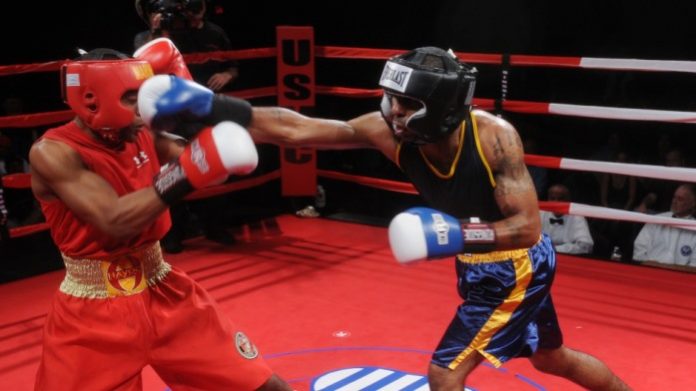In the battle against cancer, the trick is not finding a drug that can kill cancer cells, it’s finding a drug that can kill all the cancer cells.
The problem is that cancer cells, like bacteria, can become resistant to drug treatment. A small population of these resistant cells stays behind and recreates the tumour once treatment is halted. Relapse is one of the major causes of mortality from cancer.
Now, researchers from the University of Waterloo and Harvard have combined mathematics and nanotechnology to create a dual treatment that simultaneously kills cancer cells and prevents their development of resistance. Their work was published last week in the journal ACS Nano. This one-two punch should prevent relapse more effectively than conventional therapies.
The road less travelled
Finding a cure for cancer is difficult for many reasons. For one, a tumour is not just a mass of identical cells. Rather, it is made up of different types of cells that may respond to therapy in various ways.
“Computational biology can simplify these complexities,” says Dr. Aaron Goldman, a postdoctoral fellow in the Sengupta lab at the Harvard Medical School and the lead author on the paper.
That’s why the Sengupta lab collaborated with Mohammad Kohandel, an Associate Professor of the Department of Applied Mathematics at the University of Waterloo.
The Kohandel lab used a mathematical model to simulate how the cancer cells behaved upon exposure to a common chemotherapeutic and consequently how they might become resistant to it. The result was rather surprising. Instead of acquiring drug resistance through random mutations, like bacteria, the cancer cells all seemed to take the same path towards resistance.
And where there is a common path, there could be a drug that blocks it. Indeed, the researchers found such a drug and showed that combining it with a chemotherapeutic more efficiently stopped tumour growth in a mouse model than the chemotherapeutic alone.
Not “what?”, but “how?”
But perhaps the most important insight of the paper is not that two drugs are better than one, but rather that both drugs must enter the same cell at the same time. When the drugs were administered separately, less than half the cancer cells actually experienced both drugs!
In order to guarantee that each cancer cell gets hit by this one-two punch, the Sengupta lab created nanoparticles, tiny delivery vehicles, which contained both drugs. That way, every cancer cell that comes into contact with a nanoparticle will automatically see both drugs.
“This could revolutionize how we treat cancer in combination therapy, and may even extend to other diseases and pathologies,” says Goldman.
Still, the tumours did not go away completely, likely because there is still some aspect of the tumour that this treatment does not address. Here’s where mathematics could come into play again, helping define the optimum combination and sequence of treatments.
“I think we are on the brink of reaping the rewards of the rapidly developing synergy between mathematics and the biomedical sciences,” says Prof. Kohandel. And that could mean important things for cancer treatment.








































